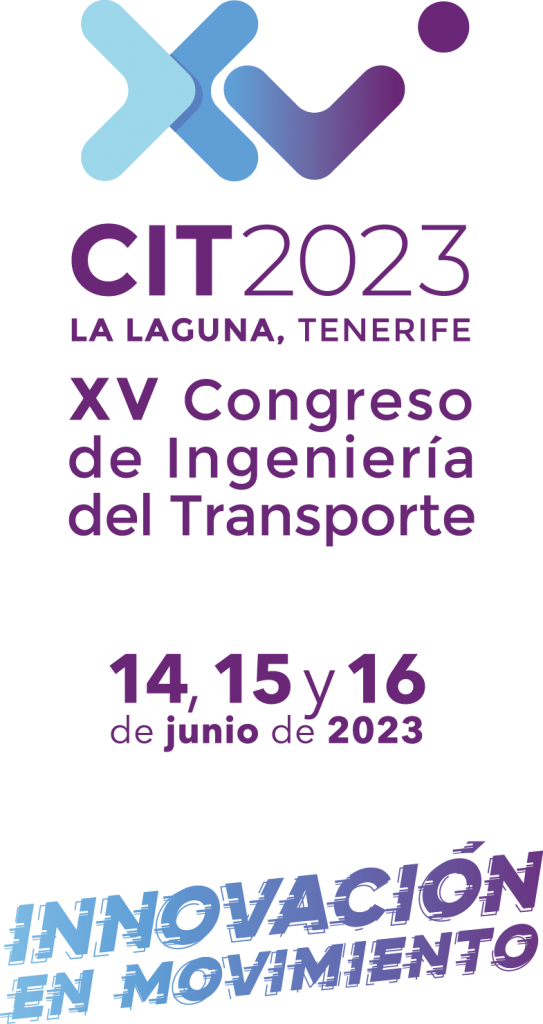Collaborative scenario building has become increasingly popular for exploring alternative future narratives when there is considerable uncertainty or when business-as-usual is no longer an option. However, the usefulness of such scenario narratives in practice may be limited by the lack of spatially explicit information regarding local context realities. This research aims to assess the added value of mapping scenario narratives to create a common space for dialogue and interaction between planning actors and local stakeholders for land use and transport planning. Three 2050 scenario narratives are developed for the Henares Corridor (Madrid, Spain) using participatory techniques. The research uses an experimental approach based on three collaborative mapping workshops in which local transformations in urban land use and transportation systems are mapped according to each 2050 scenario narrative. The analysis of workshops shows the usefulness of collaborative scenario mapping as a tool to facilitate transparent policy negotiation and communication at local levels. The results indicate the existence of some narrative elements which are unanimously interpreted by the participants during the mapping process (e.g., the presence of green areas and non-motorized infrastructures). However, scenario narratives also have controversial aspects (e.g., land use locations) or even non-spatial elements (e.g., mobility habits) that require further discussion to reach a consensus on their spatial implications. The research closes by examining the implications of the obtained finding for collaborative scenario building. This includes a reflection on the importance of translating scenario narratives onto maps as a tool to facilitate their adaptation to local context realities.

